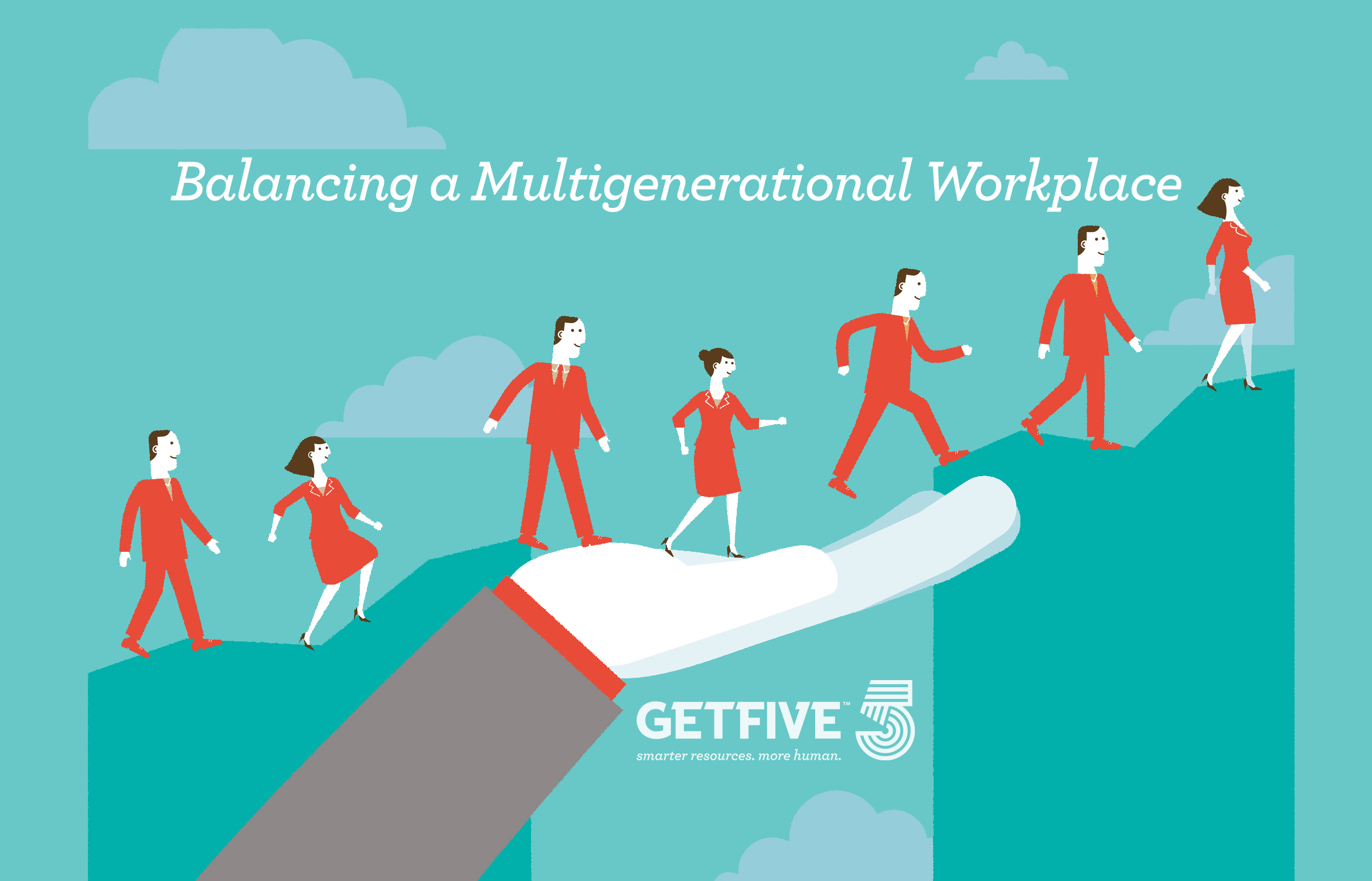While older workers still get nudged out of the workplace, an entirely different problem is now presenting itself. Instead of retiring early, many workers are remaining in their positions far longer than expected, resulting in fewer opportunities for younger workers and creating new challenges for employers, who must balance their operations with a maturing workforce.
This multigenerational group of personnel can create a divided work environment. But Lynne Morton, a noted talent management consultant and expert in managing an aging workforce, says, “It is important to consider your workforce as one entity, comprising diverse groups with complementary knowledge and expertise, creating a whole that is greater than the sum of its parts.”
One of the key ways of doing this is for HR to create a company culture in which younger workers learn from older workers. To create a high-performance, multigenerational talent pool in your organization, consider the following three steps, which Morton recommends:
- Identify your knowledge gaps and knowledge transfer needs. Older employees have a tremendous amount of information about the company and their specific functions within the organization. This is valuable for the company to know so that such information can be effectively transferred to successors.
- HR professionals should increase the engagement rates within their organization. Go through each organizational segment and ask line managers and older workers what they value and what they want. Implementing these changes helps keep employees engaged and creates a balanced workforce.
- Establish flexibility as a corporate value. One example of how to do this is to hold focus groups on a variety of issues affecting older workers, including post-retirement employment, alternative work schedules, benefits, and opportunities to transfer knowledge, such as mentorships.









